2024 Kawasaki Ninja E-1 and Z E-1 Announced for Europe

Electric models tackle the 125cc commuter class
Kawasaki Europe officially announced full specifications and details about its first electric motorcycles, the Ninja e-1 sportbike and the naked Z e-1. Both models are classified as 125cc-class motorcycles and will be available soon in European markets, but we expect they will be offered in other markets, including Australia, Japan, and America.
Rather than creating brand new designs, the 2024 Kawasaki Ninja e-1 and Z e-1 are styled similar to their respective gas-powered 400 counterparts, incorporating a similar frame, suspension, and brakes. This may be a very savvy decision, as the Ninja 400 and Z400 are both well established models, and these EVs can build upon that brand familiarity. It also helps keep costs down, as the e-1 models share many parts with existing motorcycles.
The e-1 models are both powered by the same air-cooled interior permanent magnet synchronous motor, rated at 6.7 hp at 2,800 rpm (with a claimed peak output of 12.1 hp), and a claimed 29.9 lb-ft. of torque.
Each bike is powered by two removable 50.4 V lithium-ion battery packs, each with a nominal capacity of 30 Ah. The batteries are mounted in parallel under a storage compartment where a fuel tank is typically located. When installed, the battery charge levels are shown on the left and right sides of the TFT display, and on their own, each battery has its own charge level indicator.
There are three options for charging a battery: by plugging it into a charger, connecting it to a charging dock, or, with the battery installed on the motorcycle, by connecting the charger to a port located in the tail. Only the third method allows both batteries to charge simultaneously, unless you have a second accessory charger. Kawasaki claims a charge time from 0 to 100% of 3.7 hours for each battery, and a partial charge from 20 to 85% in 1.6 hours.
Kawasaki claims each battery weighs 25.4 pounds, which means a combined 50.8 pounds for the batteries alone. Despite the heavy batteries, Kawasaki says the Ninja e-1’s claimed weight of 309 pounds is 19.8 pounds lighter than the Ninja 125. The Z e-1 is likewise lighter than its gas-powered counterpart, with Kawasaki claiming a curb weight of 298 pounds compared to 324 pounds for the Z 125.
The Ninja and Z e-1 each offer two ride modes, Road and Eco. In Road mode, the Ninja e-1 can reach a claimed top speed of 55 mph while the less aerodynamic Z e-1 tops out at a claimed 43 mph. Eco mode produces a milder throttle response and a reduced top speed. In Road mode, the Ninja and Z e-1 claim a range of 45 miles, but judicious use of Eco mode and the regenerative braking can help extend that range.
Kawasaki also added an e-boost function which unlocks more power for 15 seconds at a time, and a higher top speed. For European models, the e-boosted top speed is limited to 62 mph, which implies a higher speed in markets where it is not restricted. The e-boost function is limited to just 15 seconds to prevent overheating, and it can only be used if the charge levels of the batteries are above 35%.
Kawasaki also designed a low-speed Walk mode with reverse function for easier maneuvering in tight spaces. With the motorcycle stopped, pressing and holding the Mode button turns on Walk mode. Opening the throttle then moves the motorcycle forward at a walking pace of about 3 mph, while closing the throttle past the “zero” point moves the motorcycle in reverse at about 2 mph.
The e-1 models employ a trellis frame based on the frames of the Ninja 400, reinforced to increase rigidity to compensate for the size difference between the electric motor and the 399cc Parallel-Twin engine. The motor is mounted low in the chassis behind the battery compartment.
A 41mm telescopic fork provides 4.7 inches of front wheel travel, while the four-way preload-adjustable bottom-link Uni Trak gas-charged rear shock offers 5.2 inches of travel. Both the front and rear 17-inch wheels are equipped with dual-piston calipers. Nissin provides the ABS control unit.
Other features include smartphone connectivity, LED lighting, and a 30.9-inch ride height. Kawasaki also offers a range of accessories including a taller (+1.1 inches) ERGO-FIT seat, USB charging outlets, and, for the Ninja e-1, a taller windscreen.
In Europe, the 2024 Kawasaki Z e-1 and Ninja e-1 will both be offered in a metallic Bright Silver/Metallic Matte Lime Green/Ebony color combo. Pricing remains to be announced.
Specifications | 2024 Kawasaki Ninja e-1 | 2024 Kawasaki Z e-1 |
|---|---|---|
Motor Type | Air-cooled, interior permanent magnet synchronous motor | Air-cooled, interior permanent magnet synchronous motor |
Rated power | 6.7 hp at 2,800 rpm (claimed) | 6.7 hp at 2,800 rpm (claimed) |
Max. power | 12.1 hp at 2,600-4,000 rpm (claimed) | 12.1 hp at 2,600-4,000 rpm (claimed) |
Max. torque | 29.9 lb-ft. at 0-1,600 rpm (claimed) | 29.9 lb-ft. at 0-1,600 rpm (claimed) |
Max. speed ECO Mode | 40 mph (47 mph with e-Boost) | 39 mph (45 mph with e-Boost) |
Max. speed RIDE Mode | 55 mph (62 mph with e-Boost) | 53 mph (62 mph with e-Boost) |
Range | 72 km [WMTC Class 1] | 72 km [WMTC Class 1] |
Battery | 2 x lithium-ion battery pack | 2 x lithium-ion battery pack |
Nominal Voltage | 50.4 V | 50.4 V |
Nominal Capacity | 2 x 30 Ah | 2 x 30 Ah |
Battery Weight | 2 x 25.4 pounds | 2 x 25.4 pounds |
Charging Time (0 to 100%) | 3.7 hours each (claimed) | 3.7 hours each (claimed) |
Drive | Chain | Chain |
Transmission | N/A | N/A |
Primary Reduction Ratio | 3.211 (61/19) | 3.211 (61/19) |
Final Reduction Ratio | 3.867 (58/15) | 3.867 (58/15) |
Frame | Trellis, high-tensile steel | Trellis, high-tensile steel |
Front Suspension | ø41 mm telescopic fork, 4.7 inches of travel | ø41 mm telescopic fork, 4.7 inches of travel |
Rear Suspension | Bottom-Link Uni Trak, gas-charged shock with adjustable spring preload, 5.2 inches of travel | Bottom-Link Uni Trak, gas-charged shock with adjustable spring preload, 5.2 inches of travel |
Front Brake | Dual-piston caliper with a single ø290 mm disc | Dual-piston caliper with a single ø290 mm disc |
Rear Brake | Dual-piston caliper with a ø220 mm disc | Dual-piston caliper with a ø220 mm disc |
Front Tire | 100/80-17M/C 52S | 100/80-17M/C 52S |
Rear Tire | 130/70-17M/C 62S | 130/70-17M/C 62S |
Wheelbase | 53.9 inches | 53.9 inches |
Rake/Trail | 24.4° / 3.7 inches | 24.4° / 3.7 inches |
Steering Angle (L/R) | 35° / 35° | 35° / 35° |
Length | 78.0 inches | 78.0 inches |
Width | 27.2 inches | 28.7 inches |
Height | 43.5 inches | 40.7 inches |
Ground Clearance | 6.3 inches | 6.7 inches |
Seat Height | 30.9 inches | 30.9 inches |
Curb mass (with batteries) | 309 pounds (claimed) | 298 pounds (claimed) |
Become a Motorcycle.com insider. Get the latest motorcycle news first by subscribing to our newsletter here.

Dennis has been a part of the Motorcycle.com team since 2008, and through his tenure, has developed a firm grasp of industry trends, and a solid sense of what's to come. A bloodhound when it comes to tracking information on new motorcycles, if there's a new model on the horizon, you'll probably hear about it from him first.
More by Dennis Chung



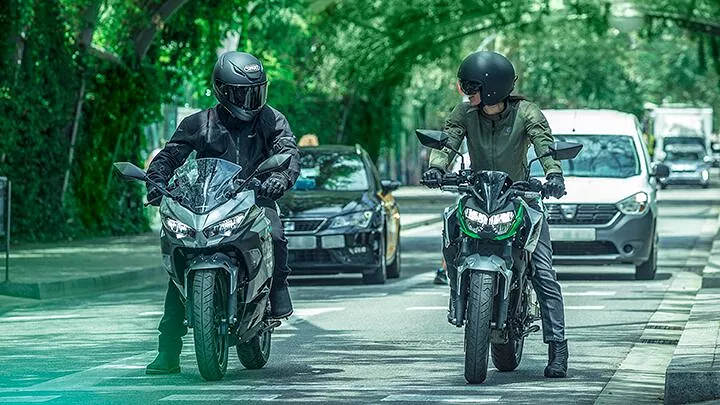







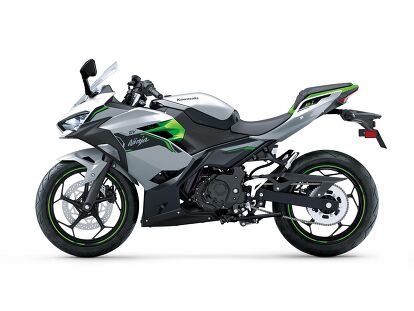






























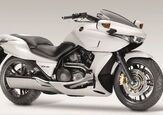
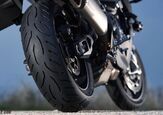
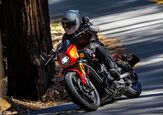
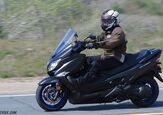
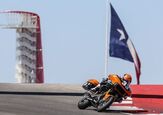
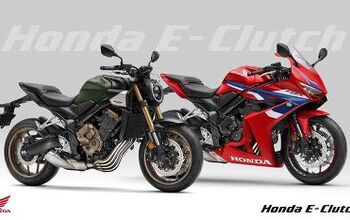
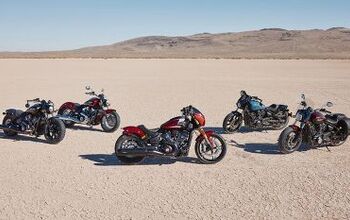
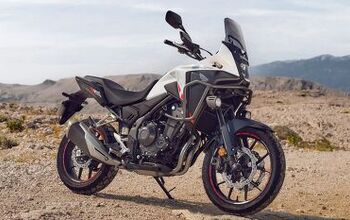
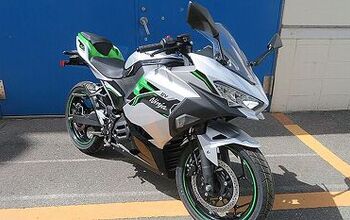

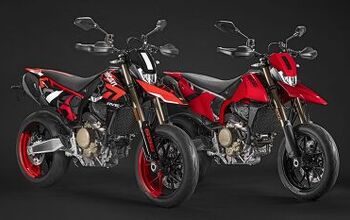
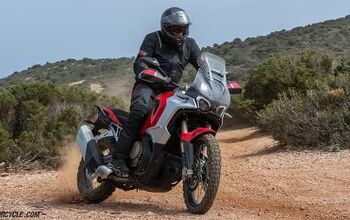

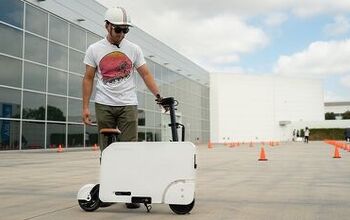
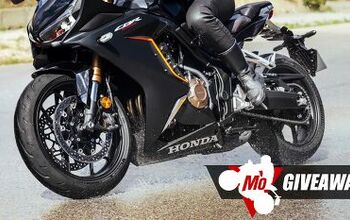
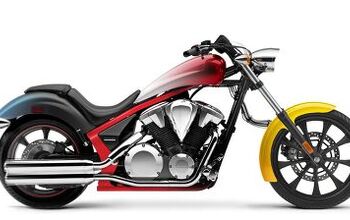
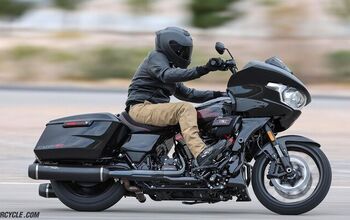

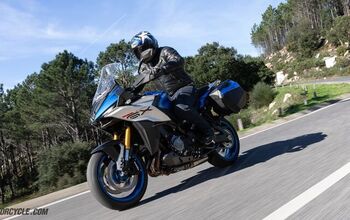
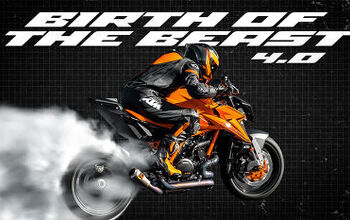
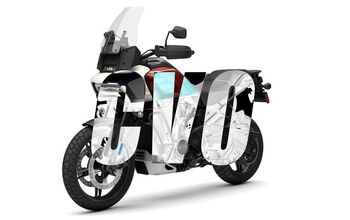
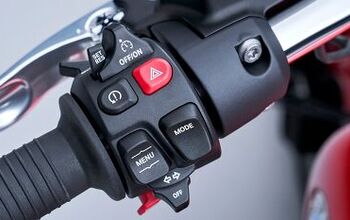
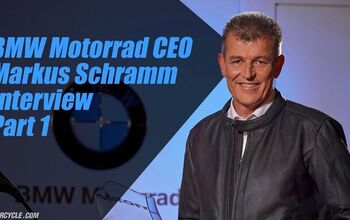
Comments
Join the conversation
The performance of a 125cc with a range of 72 km - about 40 miles...
I guess there are some commuters that might work for, but I'm rather underwhelmed.
They should have added more batteries for more range but I suppose the extra weight would reduce the performance even more.
Maybe the next generation of e-moto will be more impressive.
Back in 1968 I had a first bike, Ducati 125 cc Bronco and rode winter to summer from outside Philadelphia, PA to Sperry-Univac in Blue Bell, 12.5 miles each way. So much fun on straights and twisties on that 7 hp Ducati that also I raced at scrambles at Blue Comet, Emmaus and Pagoda tracks. Although the batteries carry no long travel distance the new e-bike by the big K are perfect for the 10 to 20 mile commuter and at barely 300 pounds have got to be a hoot. The only thing I would miss is the throaty sound on the drilled out muffler (later a shorty slip on). Helmets on to Kawasaki.